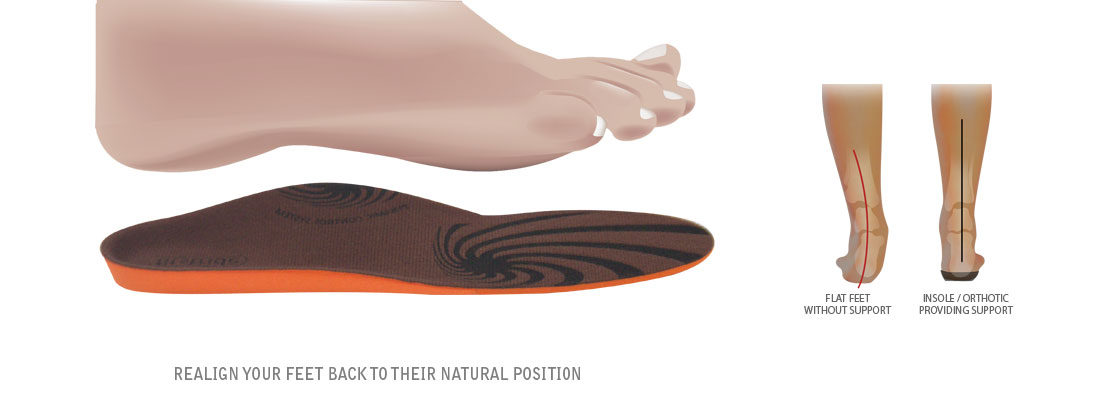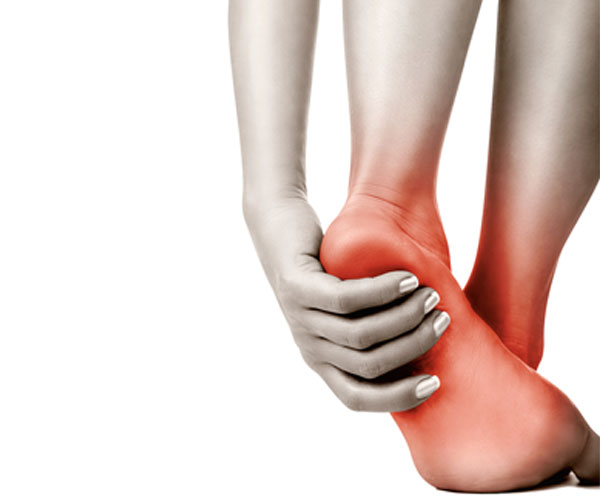Custom orthotics have quite the colorful scientific record. They’ve been around for quite some time, so podiatrists have developed a variety of theories on which to base the design of a particular orthotic. For a long time, orthotics were centered around the “pronation” paradigm, which, in short, held that overpronation (an inward rolling of the ankle during the running stride) was the root cause of many running injuries.
Certainly, there are still some universals when it comes to custom orthotic design.A runner with chronic pain under his first metatarsal head will almost certainly benefit from a shoe insert which relieves pressure on this area. And fortunately, the field of podiatry is (slowly) moving away from evaluating every foot relative to a “normal” one and instead focusing on the actual cause of tissue stress.
If your doctor does recommend a custom insert, don’t be afraid to try a high-quality over-the-counter orthotic at first, since they aren’t nearly as expensive as a custom orthotic, and at least one study has indicated that they may work just as well as a custom orthotic.
But the issue of comfort remains your best indicator of whether or not an orthotic is going to work for you. If you have a foot or lower leg injury and decide to give an orthotic a shot, it should feel better, not worse, than running without an orthotic. If an orthotic feels wonky while walking or running, it’s unlikely that it will help prevent future injuries.




